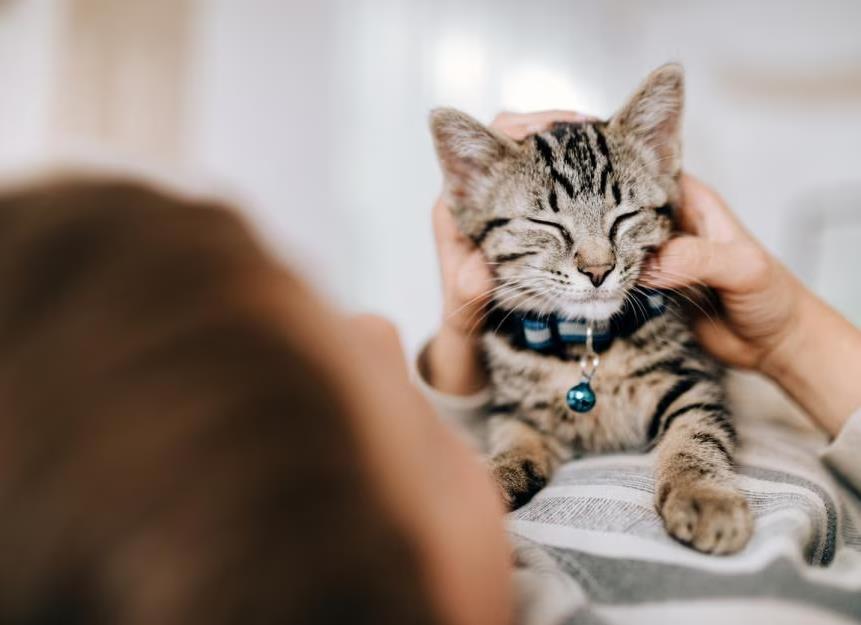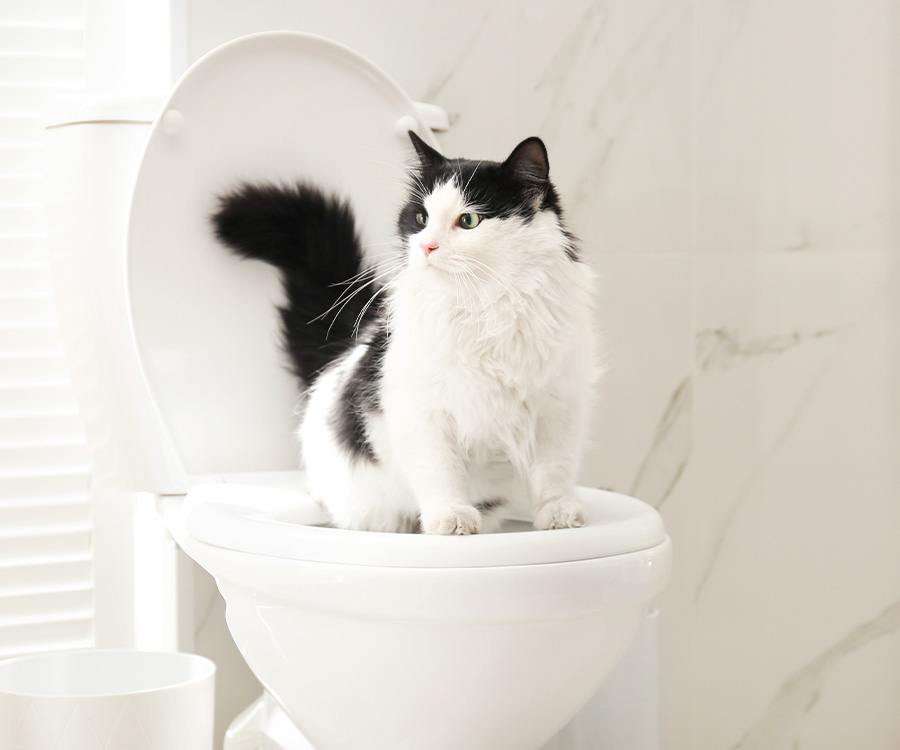Most adult cats will naturally seek out a sandy, granular place to eliminate, but young kittens might need a little help figuring out proper litter box habits. Here are some cat potty training tips on when to start, how to choose litter boxes, how and where to set up the litter boxes, and how to help your kitten master the litter box.
When to Start Litter Training Kittens?

A suitable litter tray should be ready and waiting for your kitten as soon as they arrive home, which should be at around eight weeks of age or older. If your kitten is really young, you’ll need to stimulate their toilet behaviour using wet cotton on their tummy or behind, then let them go to the toilet directly into the litter tray. Then, at about four to five weeks old — or as soon as your curious kitten begins to wander and explore — you’ll need to commence cat litter training.
Get the Right Size Litter Box
The litter box will need to grow with your kitten. Full-size boxes may be too big and intimidating for a small kitten. Your cat’s litter box should be approximately 1.5 times their length. You will need to size up as your kitten gets bigger.
Meanwhile, provide more than one litter box. At a minimum, there should be one more litter box in your house than the number of cats.
Plan Where to Put the Litter Boxes
Don’t hide the litter boxes. It’s tempting to put litter boxes in closets and corners, but remember that cats don’t like to feel cornered or trapped during toilet time. Place litter boxes on every floor and make it easy for your cat to get to them. Try keeping your kitten in a small room without any rugs or carpeting and only a small amount of bedding to try and keep them focused until they master using the litter box.
Steps to Toilet Training Your Cat

Step 1: Introduce your kitten to the litter box. Show your kitten the locations of each litter box and let your kitten sniff them. Gently place your kitten in the litter box. They may instinctively start pawing at the litter or even using the litter box. If don’t, run your fingers through the clean litter to demonstrate the pawing action.
Step 2: Strengthen the guide to the litter box. If your kitten displays signs of needing the toilet, such as beginning to rake or dig, then quickly guide them back to their dedicated litter tray ——cat litter toilet training is all about consistency.
Step 3: Reward your kitten with their favorite treat to create a positive association with the activity when them uses the litter box appropriately. For this to work, the treat must be given immediately after they have left the box so they associate the activity with the reward.
Step 4: Keep the litter boxes clean. You don’t want your kitten developing an aversion to the box during the training process. So periodically empty out all of the litter in each box, clean the boxes, and fill them with clean litter.

